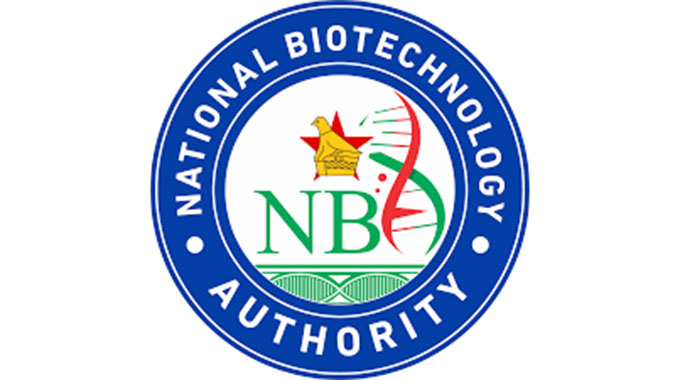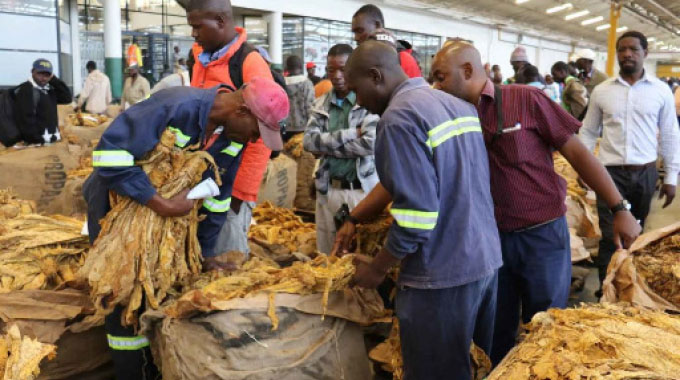Why annual clean-up of barns and tobacco storage facilities is vital

Dr Susan Dimbi and Zimazile Jazi
TOBACCO STORAGE PESTS
TOBACCO stored on the farm can be destroyed by two very destructive insect pests, the tobacco beetle (Lasioderma serricorne) and the tobacco moth (Ephestia elutella). Larvae of these two pests tunnel into leaves, in extreme cases reducing a leaf to a handful of midribs. They also leave excreta and spotting from body oils resulting in a poor-quality leaf. Controlling an established infestation is very difficult and thus the best strategy is to prevent infestations through good sanitation and vigilance. In Zimbabwe, to prevent the establishment and spread of these two pests, the Plant Pests and Diseases Act, (Chapter 19:08), directs that tobacco handling and storage facilities should be cleared of tobacco, tobacco scrap and waste and cleaned by 31 October, each year.
WHY IS CLEANING UP IMPORTANT?
The annual clean-up exercise, ensures that buildings utilised for the handling and storage of tobacco are not attractive to and, therefore, unlikely to harbour pests. This is because for pest infestations to grow and establish they need optimum conditions, which include, among others, suitable food sources and undisturbed shelter. Tobacco handling in the barns generates dust and scrap that can settle on ledges, pipework, machinery, corners and crevices. The dust and scrap can provide sanctuary and food sources for insect pests, even well after all tobacco has been removed from the facility. By cleaning up, a dead period for food resources is created which helps in the elimination of the target pest or in preventing its establishment.
WHEN TO CLEAN UP AND THE CLEANING PROCEDURE
As soon as the selling season ends and all saleable tobacco has been taken to the floors, cleaning up operations should start with the ultimate aim of clearing barns of all tobacco debri, dust and scrap.
Cleaning should be done as follows:
- Remove all items including storage containers, baling, grading and other equipment from the building and scrub it down with detergent and water.
- Starting at the highest point first, use a strong jet of water to hose down or alternatively use a bucket of water and stiff brush to wash down and thoroughly clean the roof and its supporting structures.
- Pay particular attention to the upper surface of beams, walls and steam hoods where dust accumulates.
- Hose or wash down walls ensuring that dust, dirt and tobacco scraps are removed from crevices, then scrub them with a stiff broom using detergent and water. Finish up with a final hosing or wash-up with clean water.
- Beginning with the floor end furthest from the door and working towards the door, hose or wash down the floor scrubbing it with detergent and water using a hard brush.
- The accumulated washings containing the dust particles from the building could be heavily contaminated with pesticide residues so ensure that these are removed and buried as far as possible from the doorstep area.
- It is important that any product or material (e.g. stored agro-produce, propak material) that can be fed on by the moth or beetle is not stored in the building.
TREATING SURFACES WITH RESIDUAL INSECTICIDES
After cleaning and when the surfaces have dried it is recommended that they should further be treated with the residual insecticide, deltamethrin (Cislin® 2.5% SC). This treatment is meant to kill insects that may enter the storage area/grading shed after the clean-up. The recommended rate is 60 ml (2 x size 30 fertiliser cup) in five litres of water applied over 100 m2.
DISPOSAL OF TOBACCO SCRAP
All scrap removed from the building must be burned, because it can provide breeding ground for insect pests. If tobacco scrap is to be used for garden manure it should be incorporated into the soil to facilitate rapid decomposition. However, on those farms where either the tobacco beetle or tobacco moth has been detected in the previous season(s) it is recommended that all scrap be destroyed.
MONITORING
Traps baited with the female’s sex attractant and which are, therefore, highly attractive to the males are useful in detecting insect infestations early and should be used in grading and storage sheds. These traps should be placed at 1.5 m above the floor and spaced at 20 m apart or alternatively one trap can be placed per 3000 m3. However, the currently available commercial pheromone formulations for the tobacco moth are not very specific and will also attract moths belonging to other moth species.
Farmers should therefore not assume that any moth they capture is the tobacco moth and should seek expert identification of trap catches. Samples may be brought to the Tobacco Research Board’s Kutsaga Research Station for examination and verification.
PENALTIES
Inspectors from the Plant Quarantine Services Institute ensure that this legislation is adhered to. If upon inspection, an inspector concludes that premises are not cleaned to his satisfaction, penalties stipulated in the Plant Pests and Diseases Act are a fine, imprisonment or both. All growers are, however, encouraged to maintain high levels of hygiene in their tobacco grading and storage buildings for their own benefit and the benefit of the industry and country.
Courtesy of Tobacco Research Board. Kutsaga Research Station







Comments